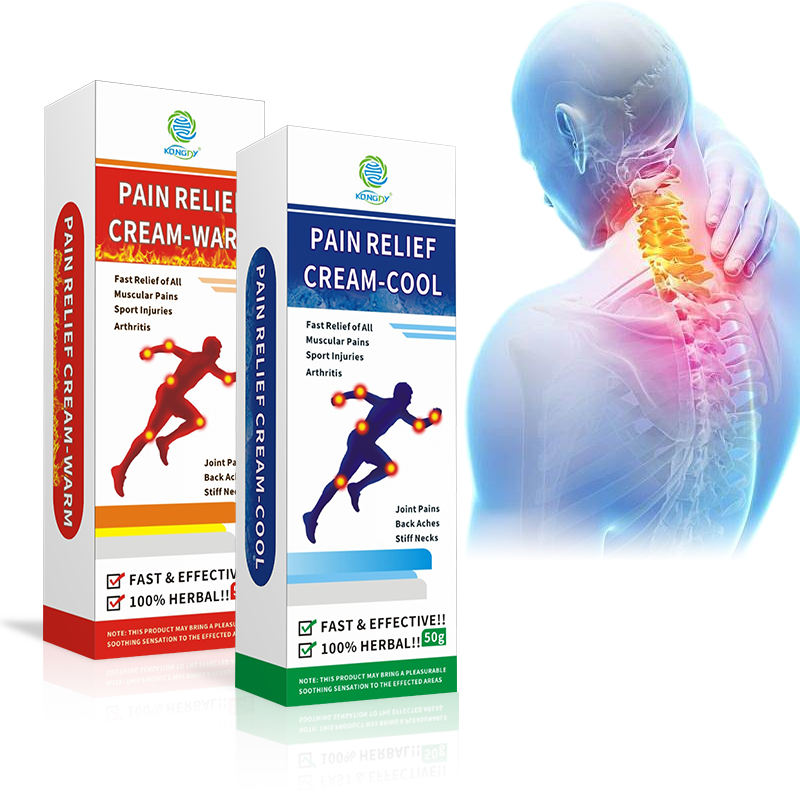Pain creams are widely used for managing localized discomfort, but their effectiveness depends on their active ingredients. Understanding these components helps users select the most suitable product for their needs.
- Menthol: Derived from peppermint oil, menthol creates a cooling sensation that temporarily numbs pain receptors. It’s ideal for sore muscles and minor aches, though its effects are short-lived.
- Capsaicin: Found in chili peppers, capsaicin reduces pain by depleting substance P. It’s particularly useful for chronic conditions like arthritis or neuropathy but may cause a burning sensation during initial use.
- Lidocaine: A local anesthetic, lidocaine blocks nerve signals in the applied area. It’s often used for post-surgical pain or nerve-related conditions, providing fast but temporary relief.
- NSAIDs (e.g., Diclofenac): These anti-inflammatory agents reduce swelling and pain, making them effective for tendonitis or osteoarthritis. Topical NSAIDs have fewer gastrointestinal risks than oral versions.
- Methyl Salicylate: Similar to aspirin, this ingredient soothes muscle and joint pain but should be used cautiously to avoid skin irritation.

When choosing a pain cream, consider the pain type and skin sensitivity. For acute muscle pain, menthol or methyl salicylate may suffice, while chronic conditions may require capsaicin or NSAIDs. Always follow usage instructions and consult a doctor if pain persists.
By selecting the right formulation, users can maximize relief while minimizing side effects, making pain creams a valuable tool in pain management.






